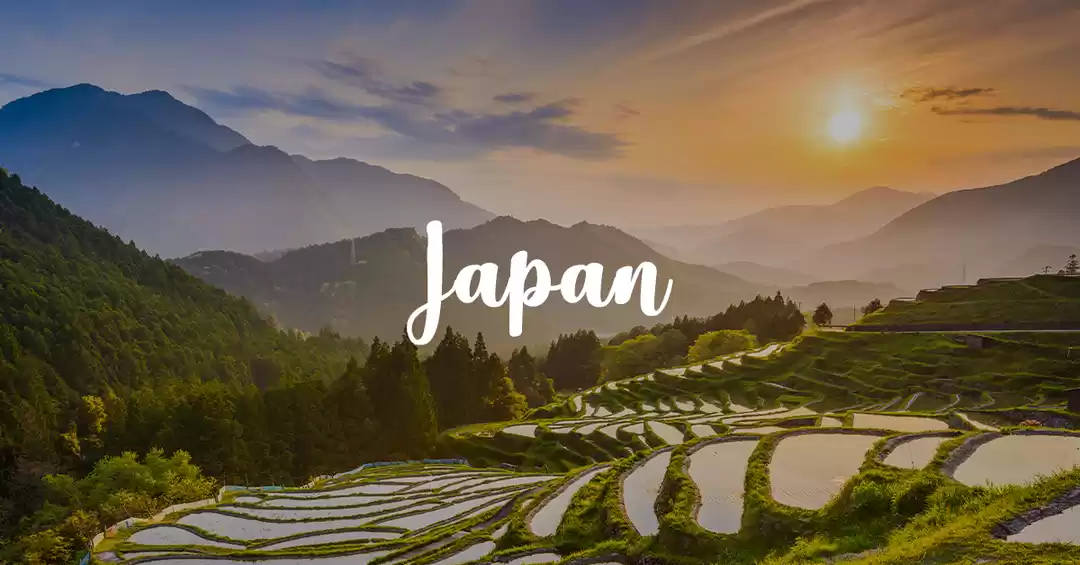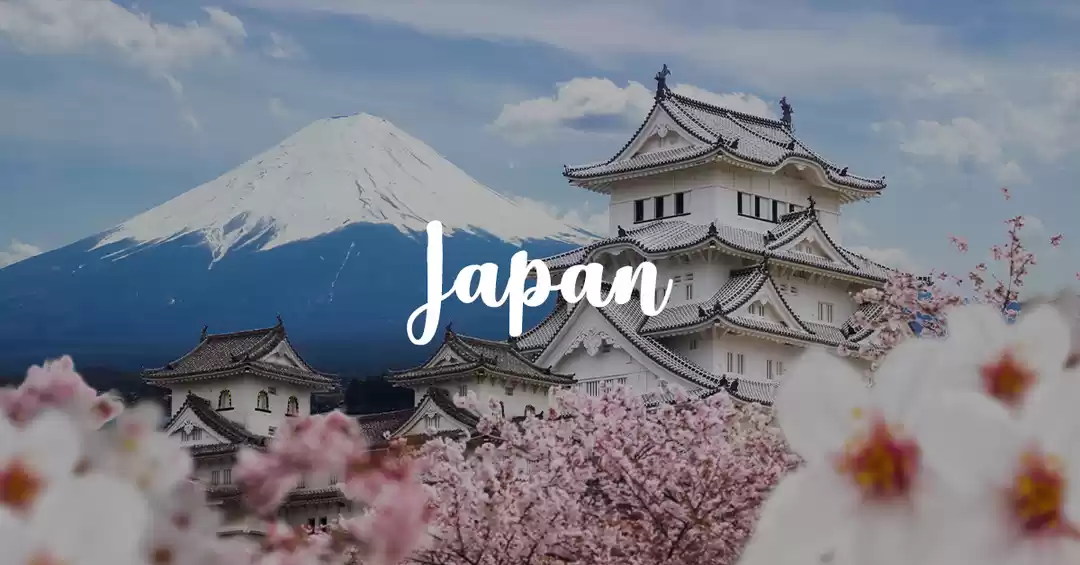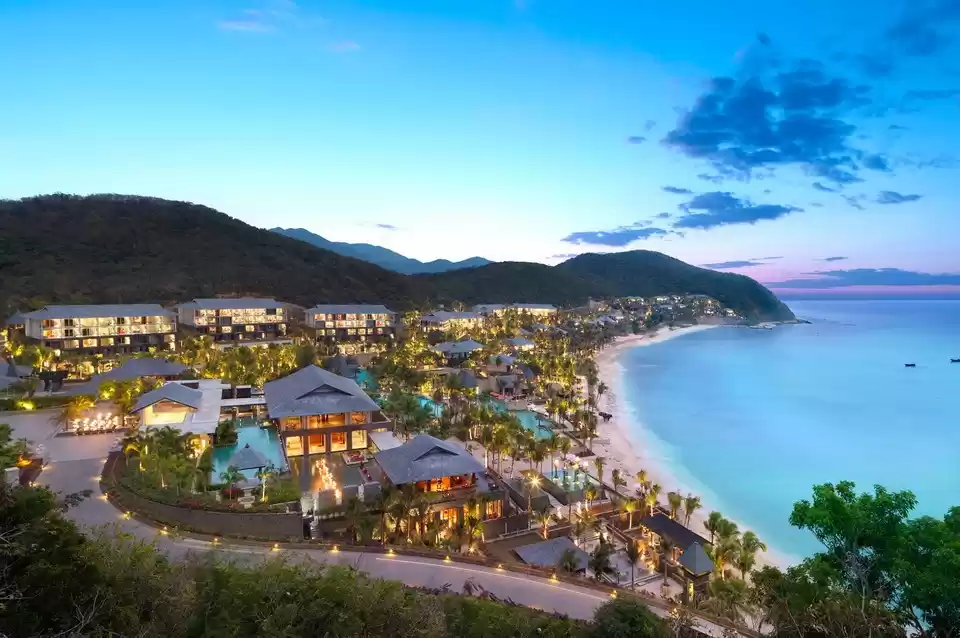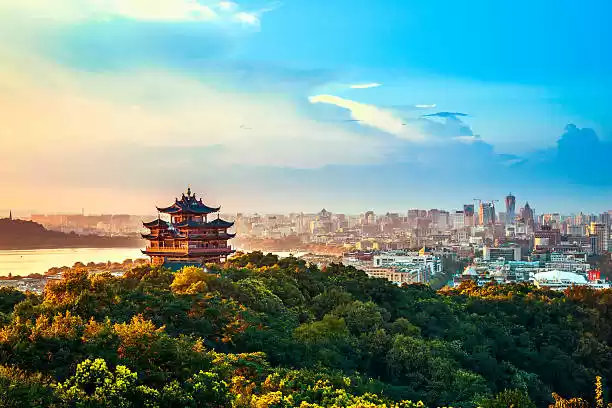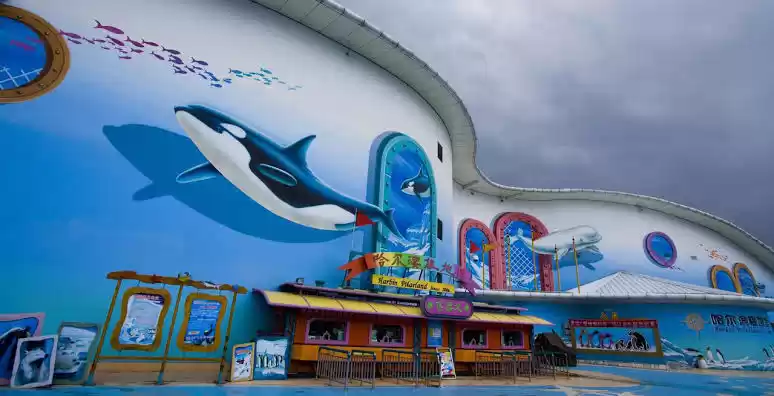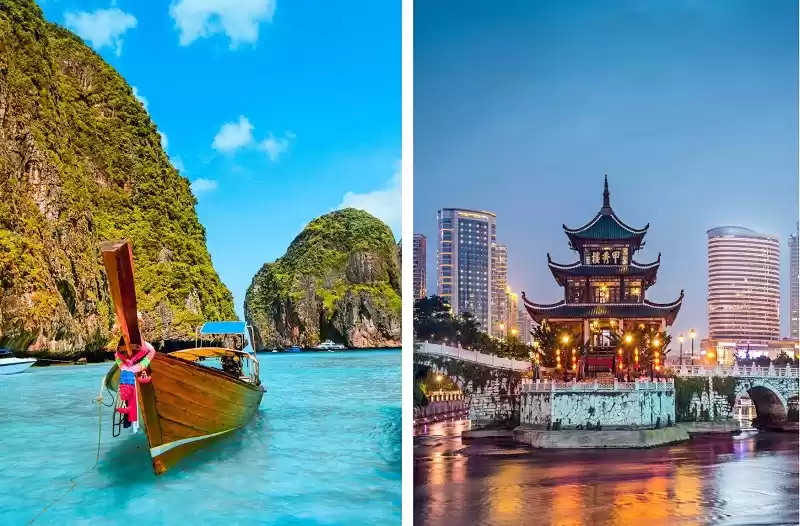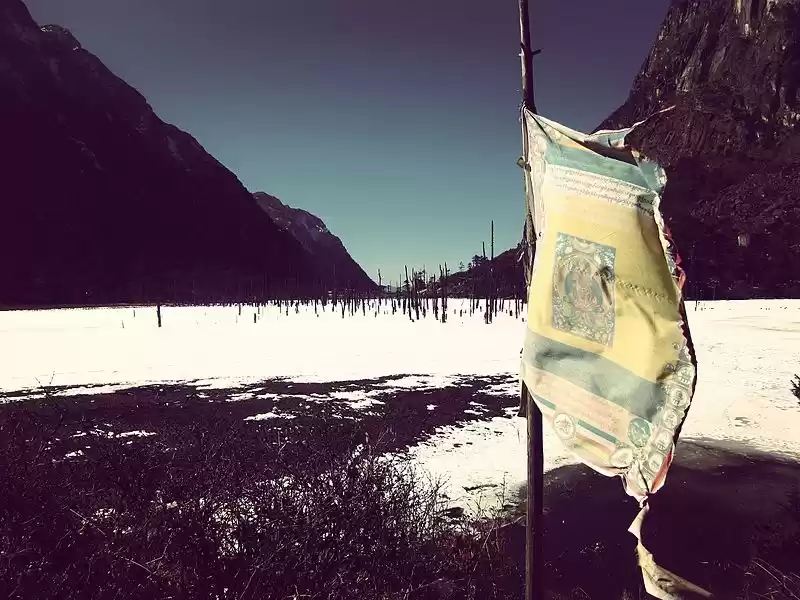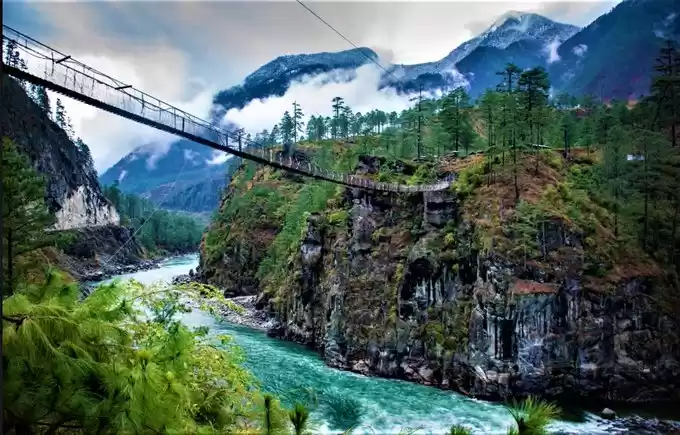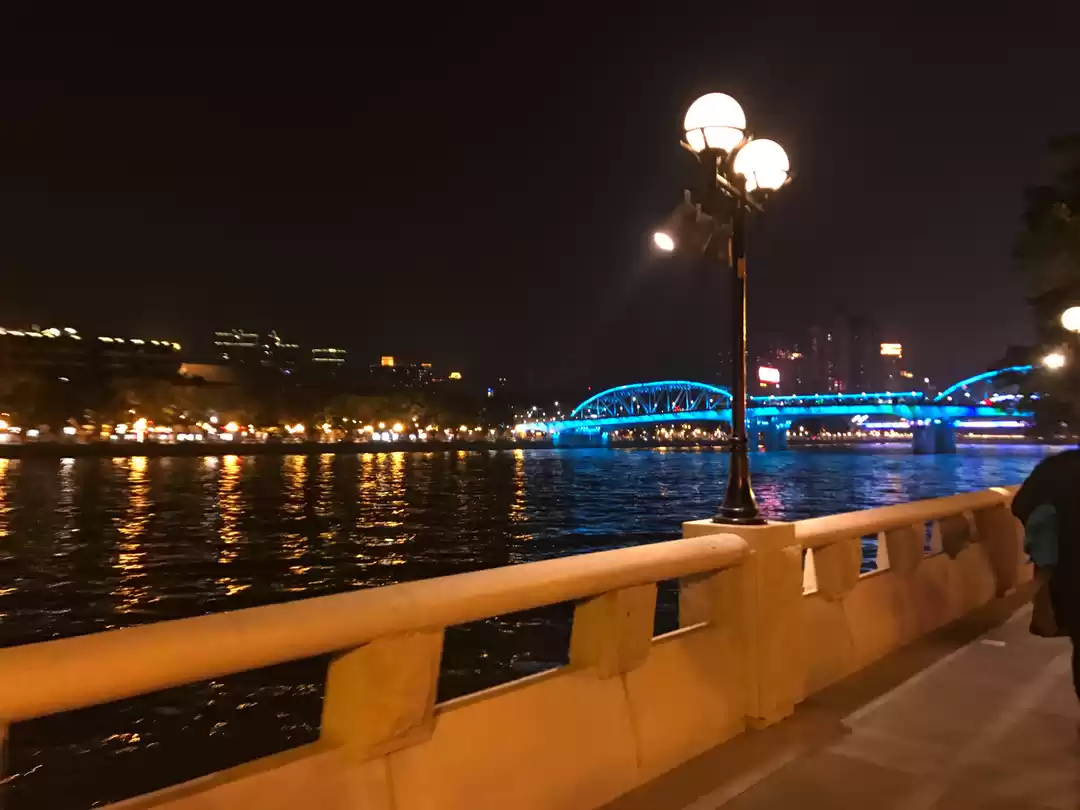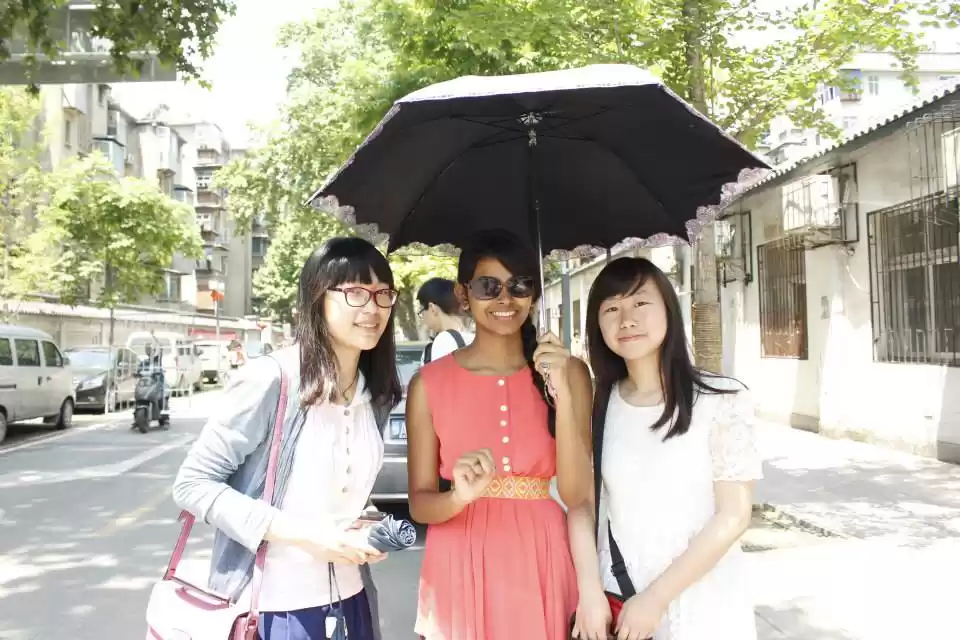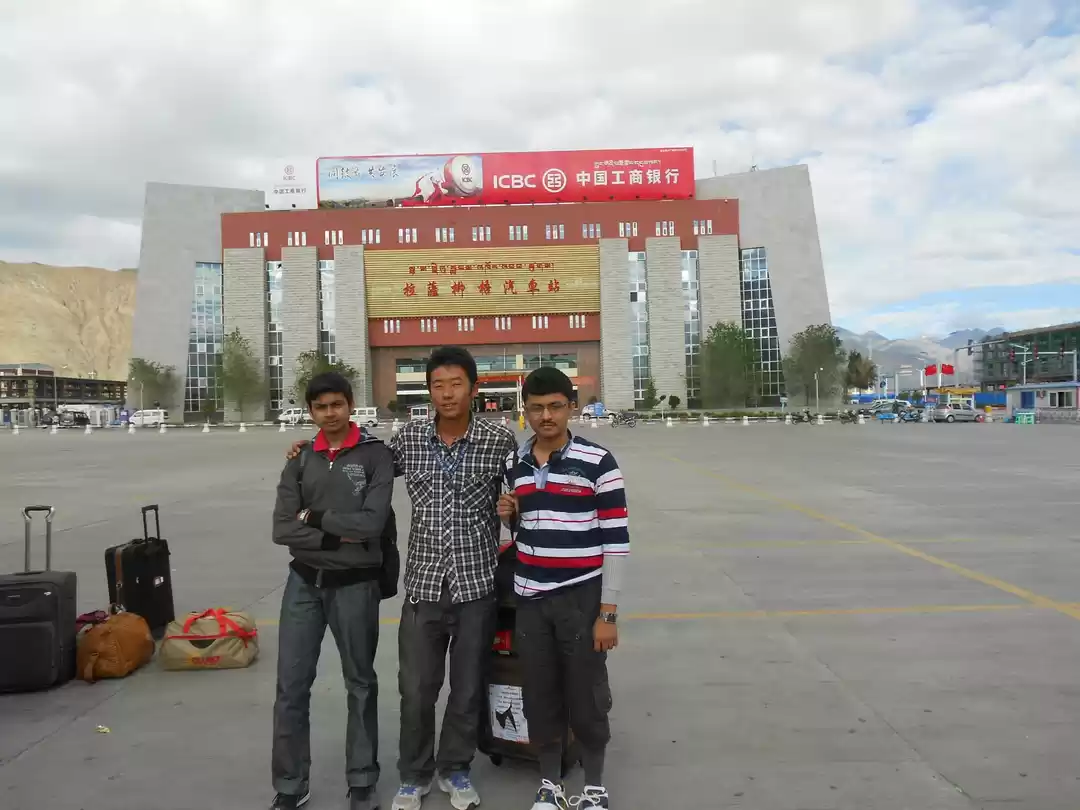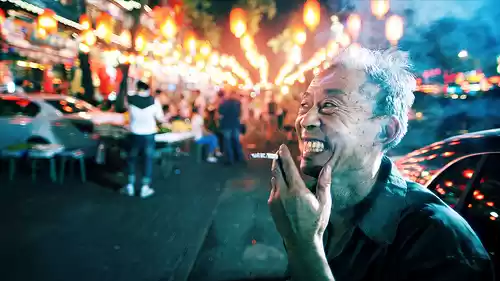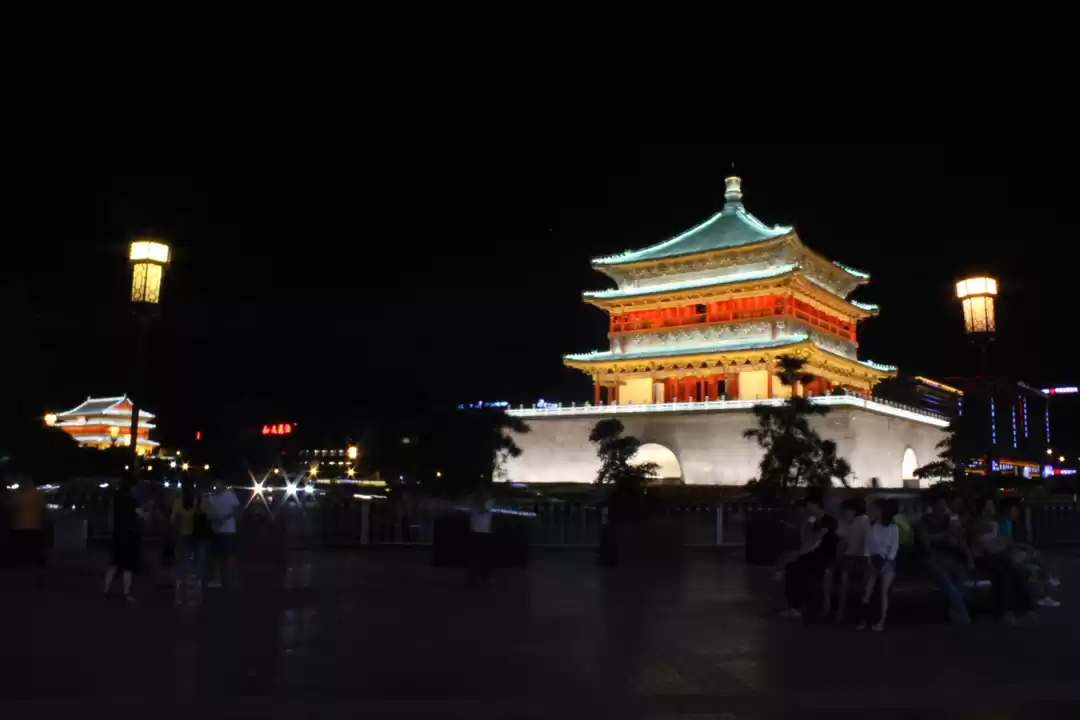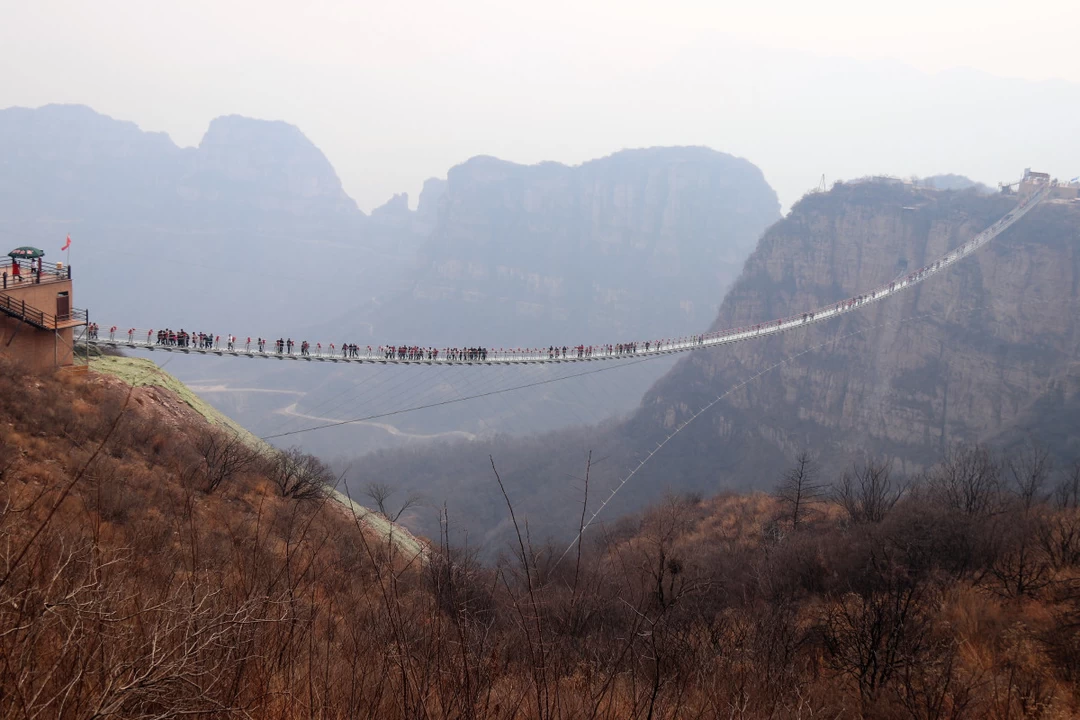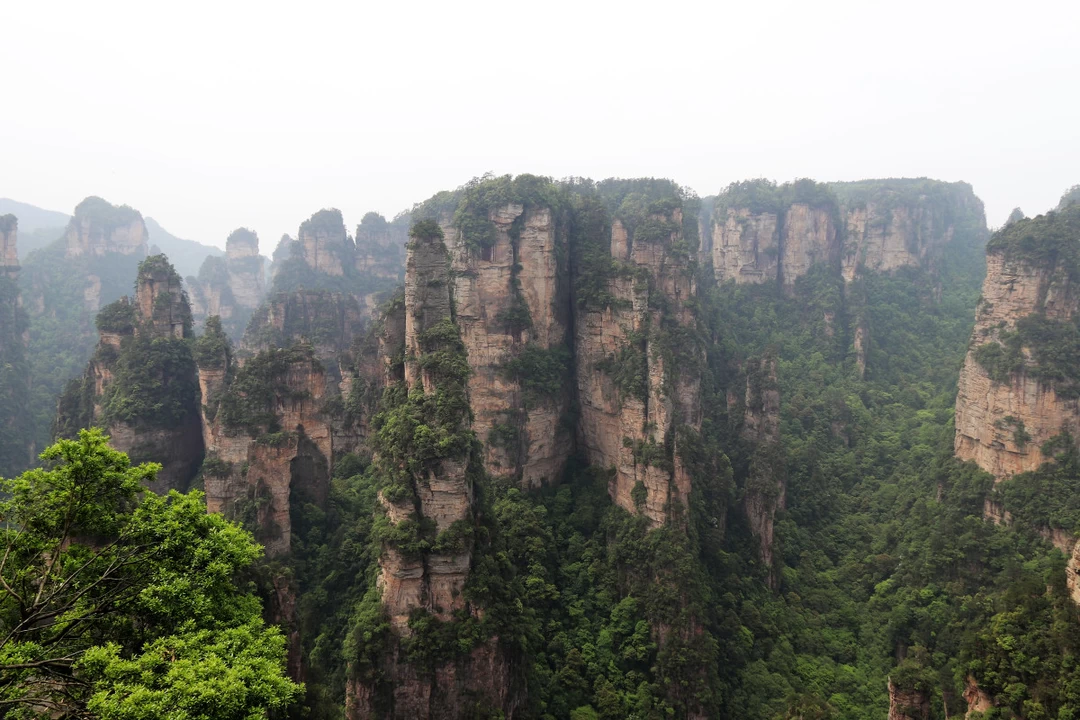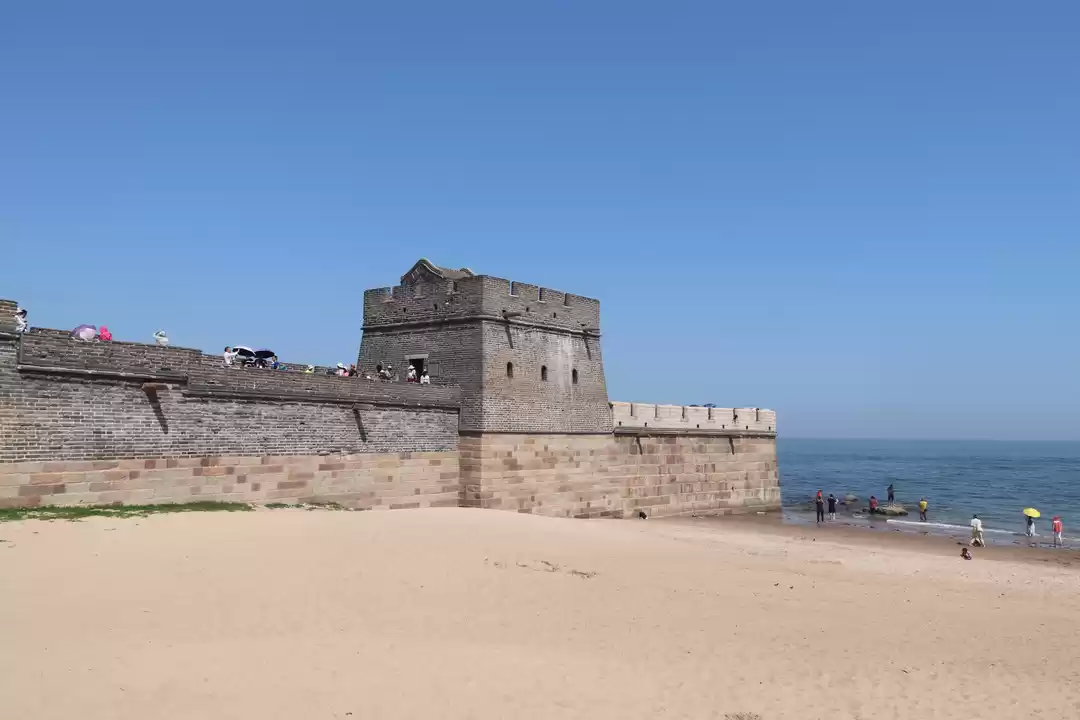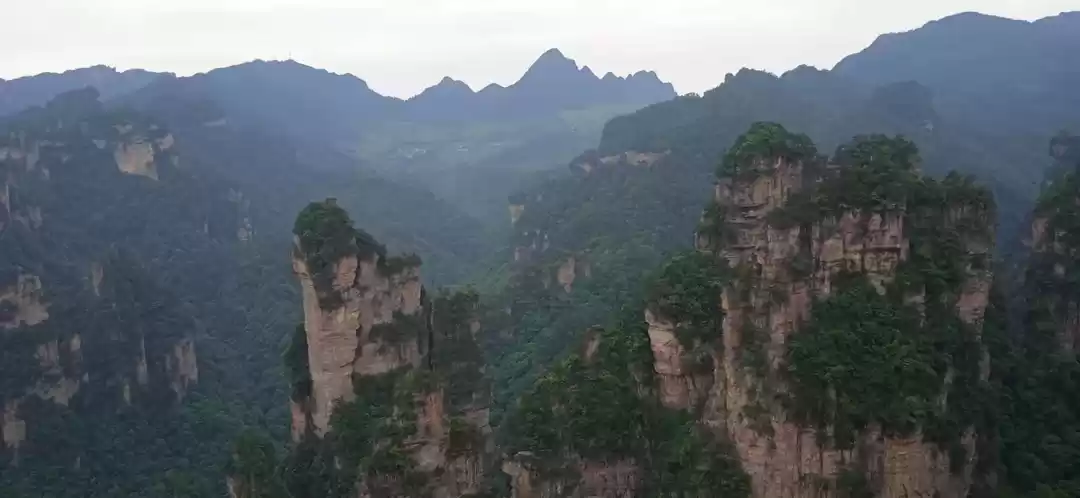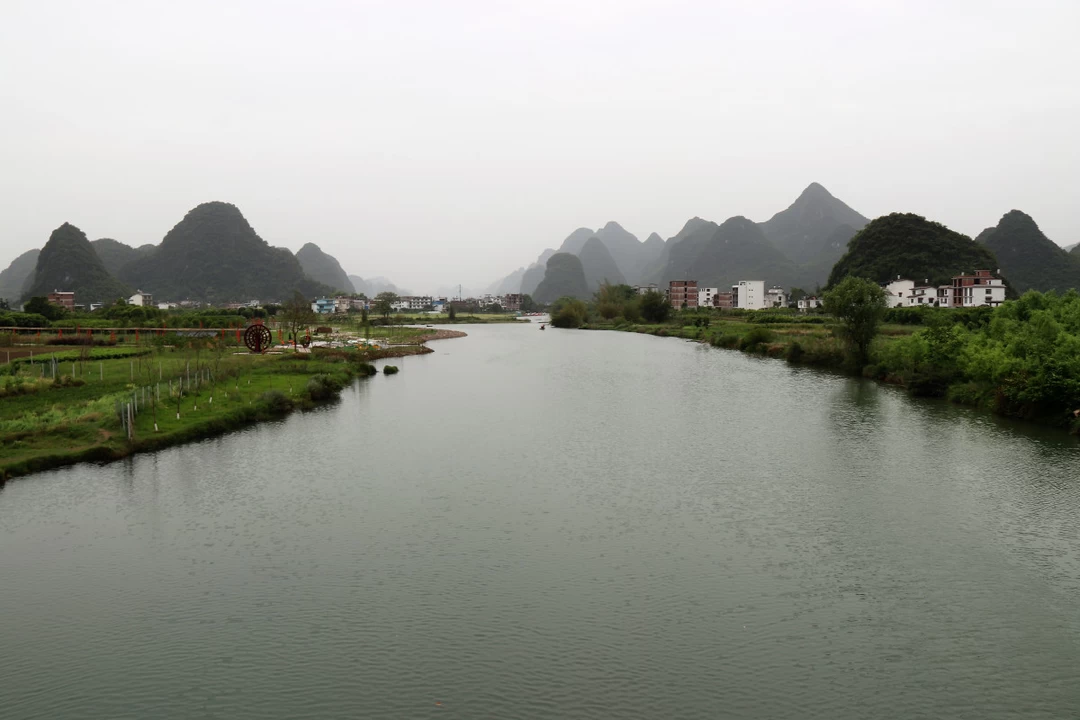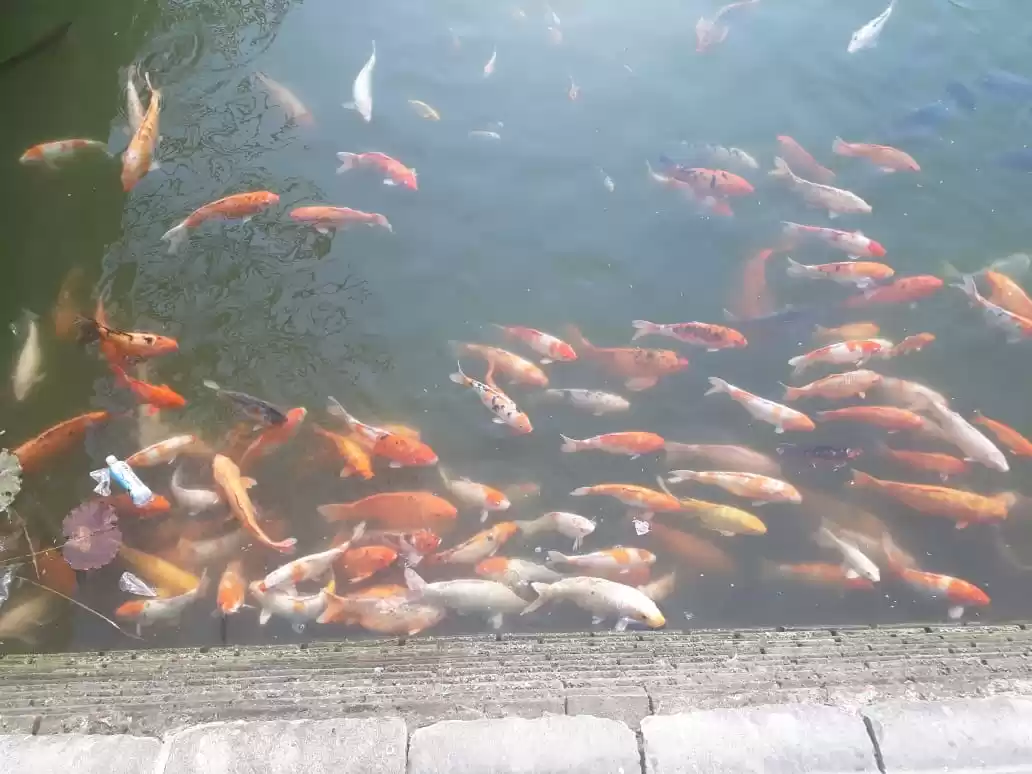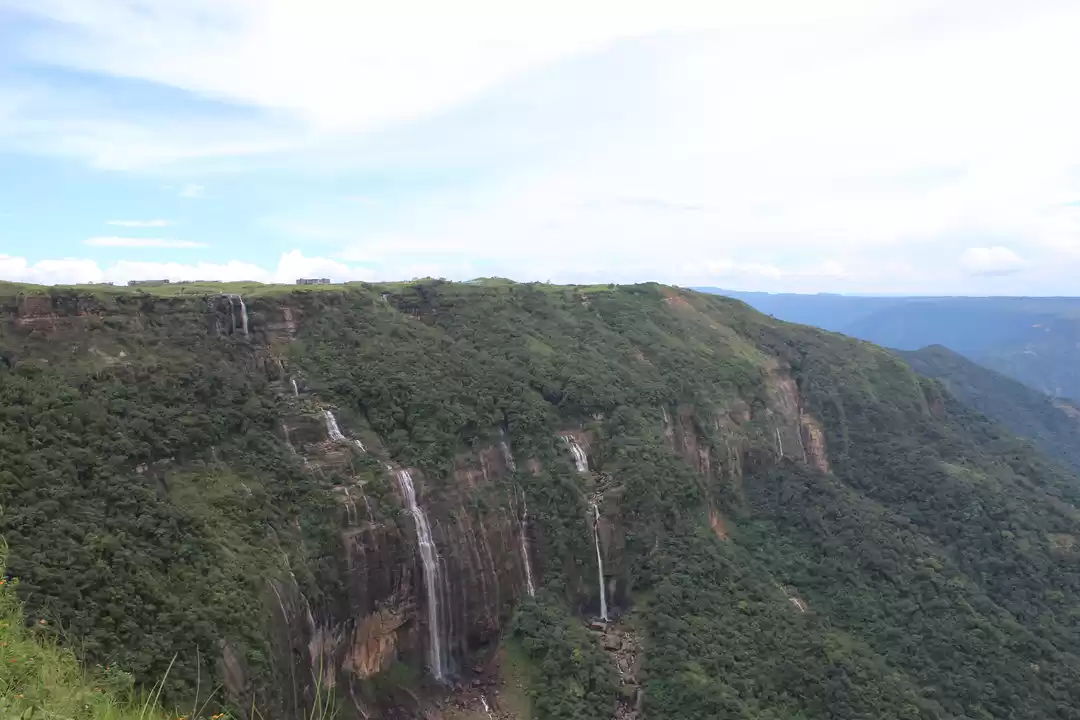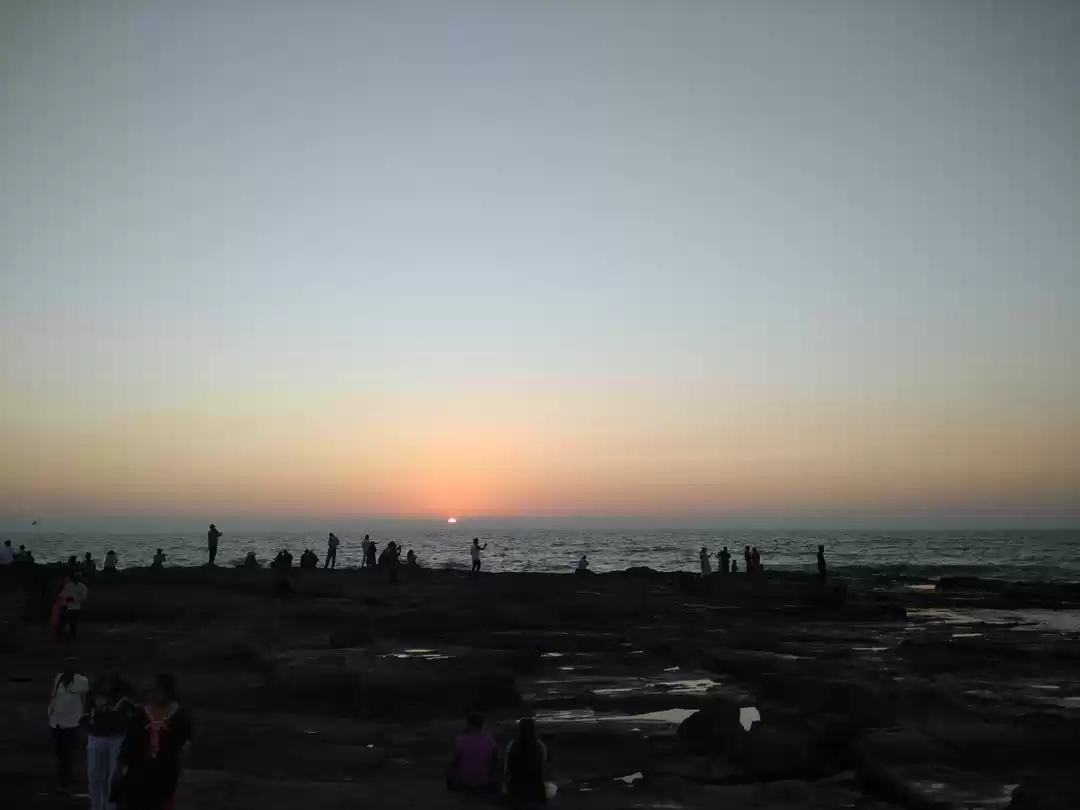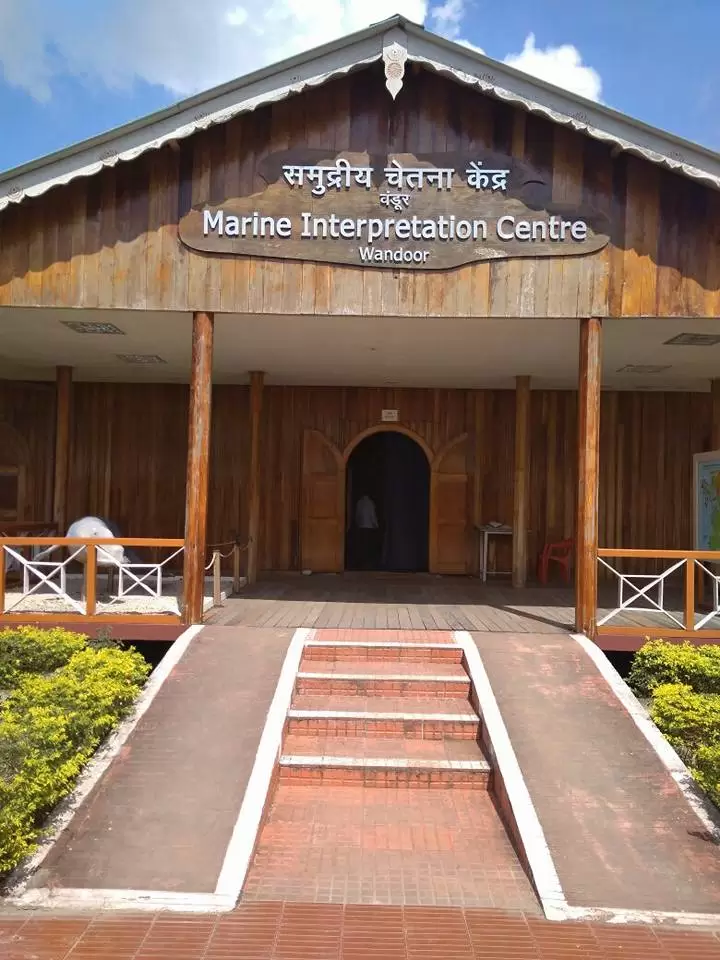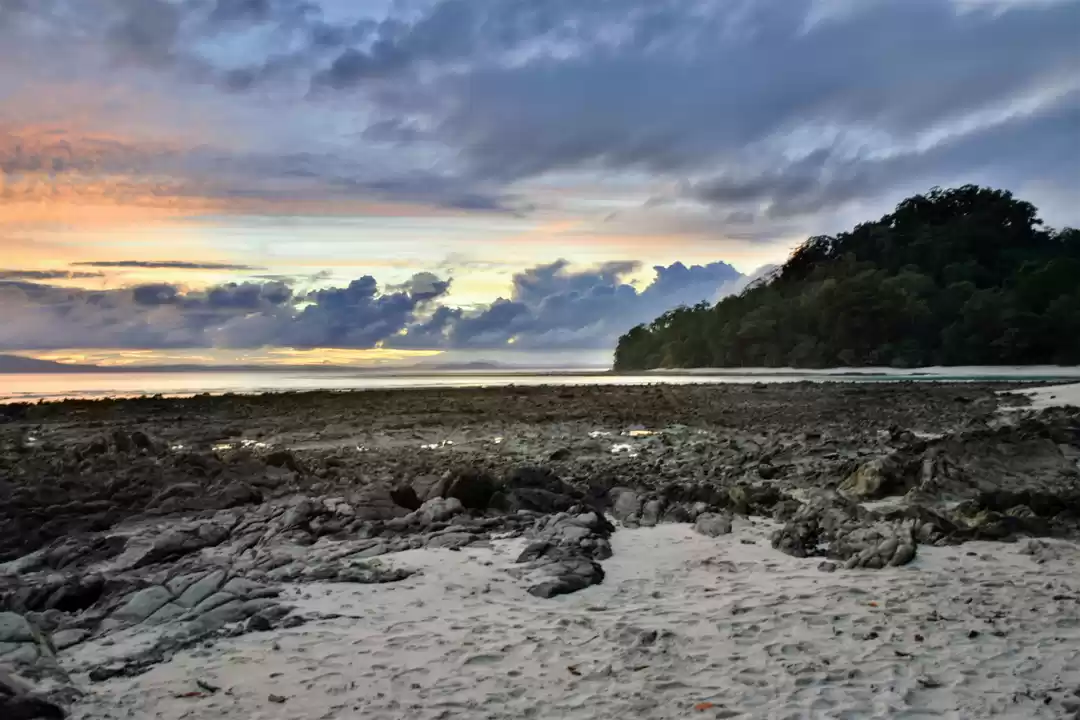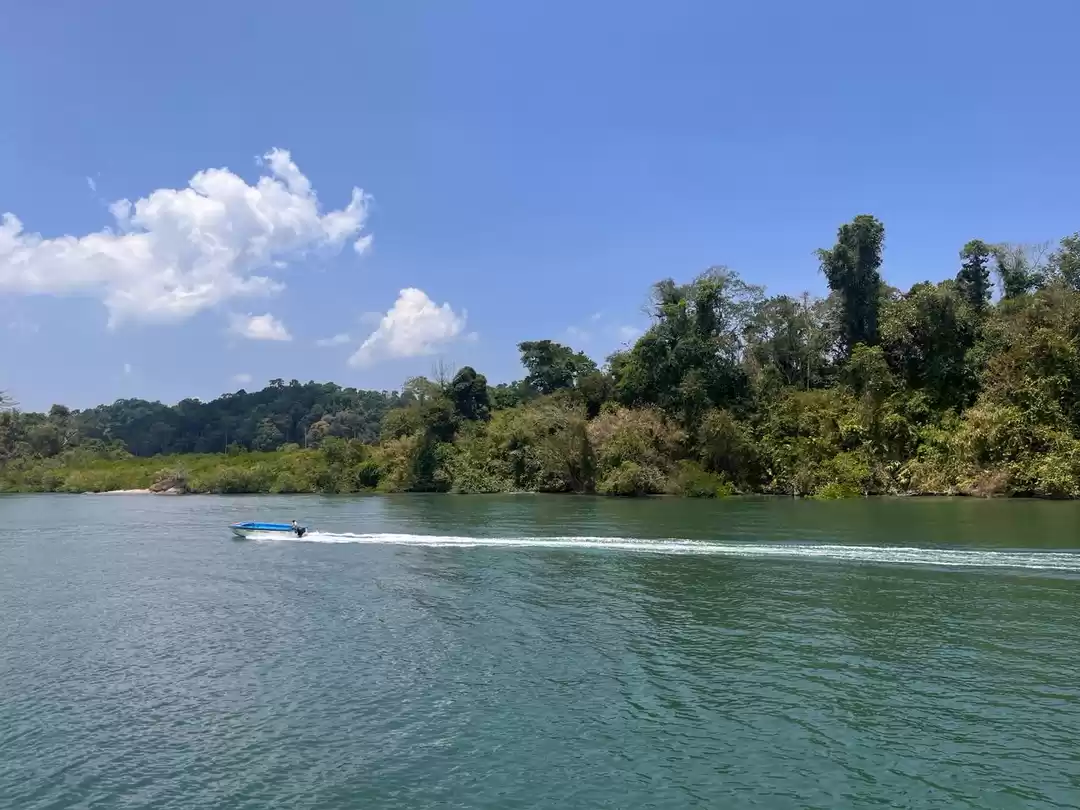
The Dragon boat festival of 2019 was on Friday, the 7 th of June, and we were wondering where to go. Most trips looked repeat, while the advertisement from CET about a trip with the title "Enjoy blue river and green mountains" looked enticing. The picturse in the advertisement were unbelievably beautiful. The advertisement also said that they didn't go to the more common places but went to some unique places. I shared this with Hari, and he showed interest. The CET bookings are not simple. I took help of Luffy to book. The price with Group discount was 1755RMB per person for round trip hard sleeper train (for those who are unfamiliar with normal trains of China, "hard sleeper" has nothing to do with the hardness of the bed. It is essentially three tier bed with the bed size lesser in width compared to that of the soft sleeper, which is two tier), two night's stay, breakfasts, couple of meals and the local transport. Obviously very reasonable. The problem was there was no action for couple of days after paying the advance, and we were wondering if the trip would be there. I had also requested Luffy for soft sleepers as Hari wanted it, but there was no response. A day before, we were added to the group, with few people in it. On the day of leaving, Luffy shared the ticket pictures and we realized that they were all hard sleepers, also in different coaches. A bit of dampener, but we were happy that the trip was happening.

Enshi (恩施) is an autonomous prefecture city of Tujia and Miao people, in the southwest of the central Chinese province Hubei. The whole region is known for a mountainous landscape with immense natural beauty of soaring mountains, deep canyons, rivers and great waterfalls. Most of the scenic spots are within a couple of hours driving distance from the city. The history of Enshi can be traced back to the Spring and Autumn Period (770BC-476BC) as the domain of Bazi Kingdom. Through thousand years of changes, the present territory of the city was decided in 1925. It was called Exi (Western Hubei) Tujia and Miao Autonomous Prefecture and changed to Enshi ten years later.
We reached the Beijing west railway station on Thursday evening and met the leader, Ellen and her friend Dora. The team size was small, with three Albanians Arjan, Meggy and Joni, a German, Peter and three of us. After checking in and settling in our seats, Ellen made Peter to exchange his seat making Hema and me to be in the same area. The journey was comfortable and enjoyable. In the morning after crossing rivers and bridges, at 7:10, I could see the train stopping at Yichang Dong station. We reached Enshi at 9:10. In about 10 minutes, we were picked up by a 15-seater van. There were two people in the van, the driver and a young boy, Xianglong (向龙) who was the local guide. The vehicle moved out of the busy, but well decorated city streets to the lush green outskirts, reaching the first scenic spot of the day, the Wujiatai ( 吴家台) tea gardens round 11:30.




It was beautiful site with the tea gardens all around us and attractions like a pavilion and a large tea pot shaped building. Unlike at the tea gardens I had seen before in India, here people used motorized cutters with a large bag attached to it to pluck the tea leaves. We also saw families working together at the gardens. We spent an hour at the tea gardens and moved on, stopping at a small restaurant for lunch. The restaurant was homely with a very amicable owner lady. As it was the Dragon boat festival day, we had on the menu Zongzi (粽子, a traditional Chinese steamed rice cake of glutinous rice stuffed with different fillings and wrapped in bamboo leaves). The Hubei variety wasn't sweet and didn't have a filling.













After lunch, we were taken to the next sight, Shiziguan scenic spot. It took about 90 minutes' drive through scenic, mountainous roads.
Shiziguan (狮子关, lion pass) scenic area, in Xuan'en County has a classical entrance arch that leads to an amazing path through the wilderness that runs parallel to a blue stream. A little ahead was the long floating bridge, or the board walk. The half a kilometer-long floating bridge built along Shiziguan river is an engineering marvel. This was opened to public in May 2016, providing easy access to people to this rather inaccessible place. So many cars cruised on it effortlessly, each time creating big waves in the in the water. This wooden bridge is considered one among the most amazing walkways in the world and provided beautiful views of the valley. We crossed the bridge and went on top of a hill from where we could see the bridge nicely. From there, we continued walking along the river. There was an elevated path next to the normal road. The view of the blue river with a cloud of mist running on was breathtaking. This led to a place where there were several people boating through the clear water. There is also a small power station here.

























Walking through the misty woods was certainly surreal. There were many small waterfalls and rock formations along the way. It was around 16:00 when we crossed the lion cave and moved on to a road covered with water, with myriad rock formations on either side, named based on their appearance and some Chinese legends. We also saw a cliff coffin on one side (Cliff burial: this funeral rite sees the corpse protected with ghee (a form of clarified butter), salt and perfume and placed in a wooden casket. Next, the monks attending the body transport the box to a natural or man-made cliffside cave and place it beside other remains. The elevation depends on the social status of the departed. More details of ancient Chinese funeral practices can be found in my blog : https://china-diary.com/2018/05/16/journey-to-qinghai-and-gansu-visiting-very-beautiful-qinghai-lake-and-colorful-danxia/).



In most places, we were walking through flooding roads, with our shoes fully wet. It started raining. Hema and Dora got a drop by a passing car. While the others enjoyed drenching in the rain, I had to have my umbrella open because of my camera. It was 17:15 by the time we reached the end of the scenic area. We were picked up by the driver and were taken to the hotel in Hefeng ( town. We had dinner in a local restaurant and rested. 鹤峰 In most places, we were walking through flooding roads, with our shoes fully wet. It started raining. Hema and Dora got a drop by a passing car. While the others enjoyed drenching in the rain, I had to have my umbrella open because of my camera. It was 17:15 by the time we reached the end of the scenic area. We were picked up by the driver and were taken to the hotel in Hefeng (鹤峰 )town. We had dinner in a local restaurant and rested.
Next morning, we left the hotel by 7:30, stopped on the way for breakfast and continued to reach Pingshan at 8:30.
The Pingshan (屏山) Scenic Area is 11 kilometers away from Hefeng County. This place is rustic and difficult to access. The scenery is filled with high cliffs, green mountains, and clear, running water. A stone bridge connects the two sides of Pingshan Village.


The canyon (Duobi Ravine, named after the shelter constructed by Rongmei Tusi, a former administrator) has a depth of 1,000 meters and a length of 18 kilometers. Mountain cliffs stand tall on both sides. The entrance had colored flags leading to the stone bridge, and then to an observation deck and the Ex voto (a religious offering given in order to fulfill a vow) cave. A folk style gate (Tusi village gate) leads to the cave which has 730 downward steps.












The exit of the cave lead to the valley where a barrage made a beautiful waterfall. We reached a dock where people were waiting in the queue for the boat ride through the incredibly beautiful clear waters. The air was fresh and cool. The sight of boats leaving and the empty boats returning through the canyon was amazing. As the crowd was large, it took about 50 minutes to get our turn, and we got on to the boat at 9:40. What followed was a first of its kind sailing through breathtaking scenery for about 30 minutes.








After getting down from the boat, we crossed a beautiful wooden hanging bridge, on which we took many photos. A little ahead, people had queued up for taking pictures on the boat. These are the famous pictures where because the water is very clear, it looks like the boat is in the air. It was time to hike now. First was through the Gangbu (罡步) high ladder, steep steps on the cliff and then through the sky street (天街)to the Moga (墨嘎) village. It was about an hour's steep climbing and Hema was tired. We caught the van, continued our journey and stopped for lunch around 12:45. The journey continued after lunch and we took a break at 15:45 at a restaurant where they were selling Zongzi and fried fish.

Around 17:10, the driver stopped at the road side, said by bye to us and started walking. A lady came and took his seat. Later we came to know that they were a husband-wife team and shared the responsibility equally. We later found that the lady (Ke jie 柯姐) was a faster driver and cruised the hilly, winding roads with equal ease! She also sang folk songs well. The next destination was Daughter city. Like the ancient streets seen earlier, the Daughters' City is a traditional street with restaurants, shops and entertainment like music and dance. The street also has unique Tujia sculptures. We went around for some time and settled in a place where they were cleaning ears at the price of 30 RMB per person. Many in our group tried this. After this we proceeded to Longxi town of Enshi city, where our hotel was located. We reached the hotel "Thank you" at 19:45. The hotel is quite large and has a traditional décor.







That evening Peter wanted to see the ladies football world cup match and called us in a restaurant behind the hotel. I and Hari joined him for some time. As I didn't see the match coming up, I returned to the hotel.
Next morning, we had breakfast in a restaurant near the hotel, and left at 8:00. We reached the Suobuya Stone Forest around 9:30.
Suobuya Stone Forest ( 梭布垭石林) is the second biggest of its kind in China, the largest being the one in Kunming, Yunnan. It is ranked highest nationwide in the vegetation. Due to the thick vegetation like a cap on the rock formations, it is called "the capped stone forest". Its limestone deposits formed more than 460 million years ago, sculpted by water, gradually developed into different layers with horizontal textures. There are more than 100 classic natural scenes here. The Orsun Co. which is the operator and developer of Suobuya has invested 15 billion Yuan to upgrade the scenic area. At present, there are four main scenic spots open to the public. They are Qinglong temple, Lianhua village, Mozi Gully and Jiulonghui.
According to a legend, in ancient time, the King of Xiang united five different tribes of Ba people and became their captain. One day he came across a place with three strategically significant mountain passes in a row. So, he named this place "Suobuya", because in Ba language, "sobu" means 'three' and 'ya' means "mountain pass".

The entrance was impressive, and first view was unbelievable. A couple was renting the local tribal dress for photography. Joni, Hema and I tried the dress. After the photo session, we continued into the path watching the wonderful rocks. They have been named based on how they appear. The whole place is surreal. After watching the different rock forms, we moved to wards the caves. The sealing of the caves at a place is open to sky in such a way that it looks like a bird spreading its wings so that it can fly high, and thus called as "Eagle stretching wings". Walking further led to some more rock formations. Some of the caves had colored glowing lights like a normal practice in China. There was folk song singing completion between couple of men on one side and many women on the opposite side, all dressed in traditional Tujia robes. We too joined the singing.
We roamed around the place for some more time. Ellen had brought a drone which she used to record some videos.





















We left the place at 12:15 and took a 15 minutes ride on a local bus to a stop near a road side restaurant. The lunch was delicious. After lunch, we were picked up by Ke jie and we moved to our last destination of the trip, the Tusi town. It took about 90 minutes to reach the gate, which is a classic Pagoda style wooden building. The Tangya Tusi ancient city is a world heritage site of about 2 square kilometers area. The entrance leads through a path along the Tangya (唐崖) river and to another large entrance. to an ancient township. Inside, there are several places that display and sell typical Tujia artefacts and food. In the central stage, a group of dancers was performing. After several minutes, the dance troupe moved from the stage to outdoors and continued there. People also joined them here. We watched the show for some time, and moved to the main attraction of Tusi, the 'Palace' or the royal mansion, which is the largest and most complex building in the area.
















Tusi (土司) means chieftain, normally appointed by the king. The hereditary tribal leaders were recognized as imperial officials by the Yuan, Ming, and Qing dynasties. They ruled the respective ethnic minorities on behalf of the central government. This arrangement is generally known as the Tusi System. The imperial palace was originally built on 1346 during the reign of Emperor Shundi in the Yuan Dynasty, was destroyed and restored several times later. Tusi town is impressive with Tujia architectural features. Mainly the Jiujin (nine courtyards) hall at the center of the area, consists of hanging house, waving hands hall, official hall, study hall, terrace and a stage. With pavilions of several levels, engraved pillars and carved windows and doors, it is a remarkable building. The palace also had exhibition and sale of some artefacts and silver jewelry.



The time was close to 16:30 and we decided to leave for the Railway station. It took about half an hour to reach the railway station. The train Z50, was at 17:37. One we were in the train, Ellen managed to bring the whole group together by exchanging seats with others. It was a remarkable managing ability! By now we were also familiar with each other and being together allowed us to play some games. Interesting one was a kind of dumb charade where we put a sticker on the forehead of the player with a word written on it, and the person must guess the word by asking yes/no questions to the crowd. It was funny and relaxing. After a good night's sleep, we reached Beijing West railway station in the morning.


The three-day trip to Enshi was enjoyable due to: wonderful natural scenery, good organization by CET, particularly by Ellen and the nice company of participants. It was well spent three days. The beautiful nature will remain etched in my memory forever.



